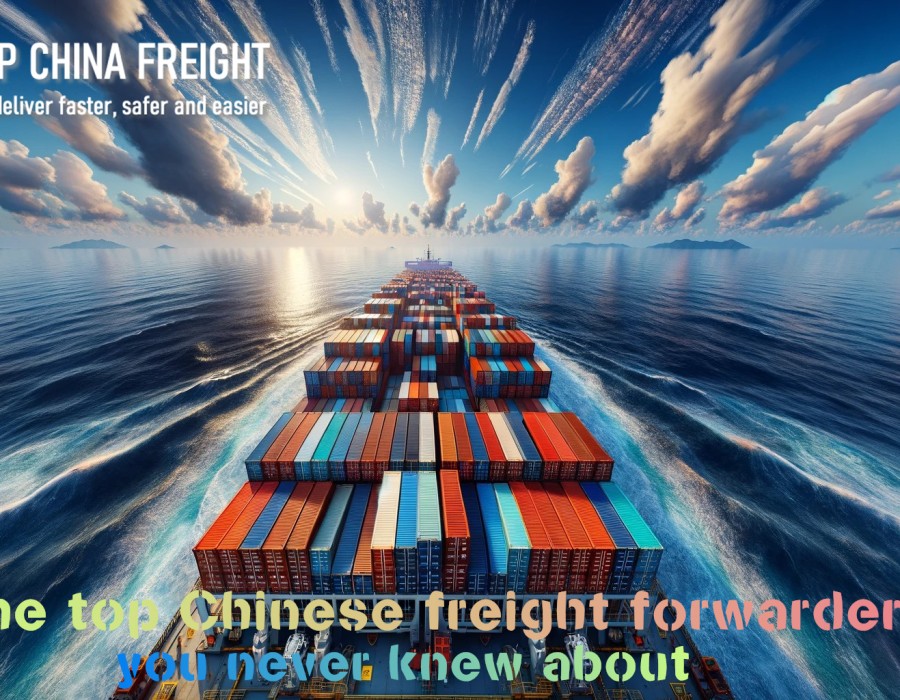Optimizing Full Container Load (FCL) and Less than Container Load (LCL) shipments from China to Canada involves understanding your shipping needs, selecting the appropriate container options, and leveraging logistics strategies. This guide will help you navigate these options for cost-effective and efficient shipping.
Understanding FCL and LCL Shipments
- FCL Shipments: FCL refers to a shipment where an entire container is booked by a single shipper. It’s ideal for large volumes of cargo that can fill a container. FCL offers lower per-unit shipping costs and reduced risk of damage since the container is not shared with other cargo.
- LCL Shipments: LCL involves consolidating cargo from multiple shippers into a single container. It’s suitable for smaller shipments that don’t fill a container. LCL is cost-effective for low-volume shipments, but there is a higher risk of damage due to multiple handlings.
Choosing Between FCL and LCL
- Volume and Weight: Assess the volume and weight of your cargo. If your shipment can fill a container or is close to the maximum weight limit, FCL is the better option. For smaller shipments, LCL is more cost-effective.
- Cost Considerations: Compare the cost per unit of shipping for both FCL and LCL. While FCL has a higher upfront cost, it offers lower per-unit costs for larger shipments. LCL spreads the cost among multiple shippers, making it cheaper for smaller shipments.
- Transit Time: FCL shipments typically have shorter transit times as they are direct and involve fewer stops. LCL shipments may take longer due to consolidation and deconsolidation processes at transshipment points.
Selecting the Right Freight Forwarder
- Experience and Expertise: Choose a freight forwarder with extensive experience in handling FCL and LCL shipments from China to Canada. A reputable forwarder like Top China Freight can provide valuable insights and reliable services.
- Network and Coverage: Ensure the forwarder has a robust network in both China and Canada. This ensures efficient handling at both ends and smooth transit through major ports and customs.
- Customer Support: Select a forwarder that offers excellent customer support, providing real-time updates and resolving issues promptly.
Optimizing Costs
- Volume Discounts: For FCL shipments, negotiate volume discounts with your freight forwarder. Larger and more frequent shipments often qualify for reduced rates.
- Consolidation Services: For LCL shipments, utilize consolidation services to share container space with other shippers. This reduces costs by dividing the shipping expenses.
- Packaging Efficiency: Optimize packaging to maximize the use of container space. Efficient packaging reduces the volume and weight, leading to lower shipping costs.
Managing Customs and Compliance
- Customs Brokerage Services: Utilize professional customs brokerage services to handle documentation and compliance with regulations. This ensures smooth customs clearance and avoids delays.
- Documentation Accuracy: Prepare all necessary documents, including commercial invoices, packing lists, and bills of lading, accurately and in advance. Any discrepancies can lead to delays and additional costs.
Leveraging Technology
- Freight Management Systems: Implement freight management systems to track your shipments in real-time. These systems provide visibility into your logistics operations, allowing you to make informed decisions and optimize routes.
- Automated Documentation: Use automated documentation tools to streamline the preparation and submission of shipping documents. This reduces the risk of errors and speeds up the customs clearance process.
Ensuring Reliability and Security
- Cargo Insurance: Insure your cargo to protect against potential losses during transit. While this adds to the cost, it can save you significant amounts in case of damage or loss.
- Reliable Carriers: Choose reliable carriers with a good track record of timely deliveries and safe handling. Monitor their performance regularly to ensure consistency.
Environmental Considerations
- Sustainable Practices: Select freight providers that adhere to sustainable practices, such as using fuel-efficient vehicles and reducing emissions. This not only benefits the environment but also enhances your company’s reputation.
- Carbon Offset Programs: Consider participating in carbon offset programs offered by some freight providers. This helps mitigate the environmental impact of your shipments.
Conclusion
Optimizing FCL and LCL shipments from China to Canada involves understanding your shipping needs, choosing the right freight forwarder, and implementing cost-saving strategies. By selecting a reliable provider like Top China Freight, you can achieve efficient and cost-effective shipping solutions. For comprehensive and reliable freight services, consider partnering with Top China Freight.
Contact us:
Website: topchinafreight.com
Email: [email protected]
Address: A1108, Block A, Mid-term Longguang Nine Diamond Business Center, Longhua District, Shenzhen





Comments